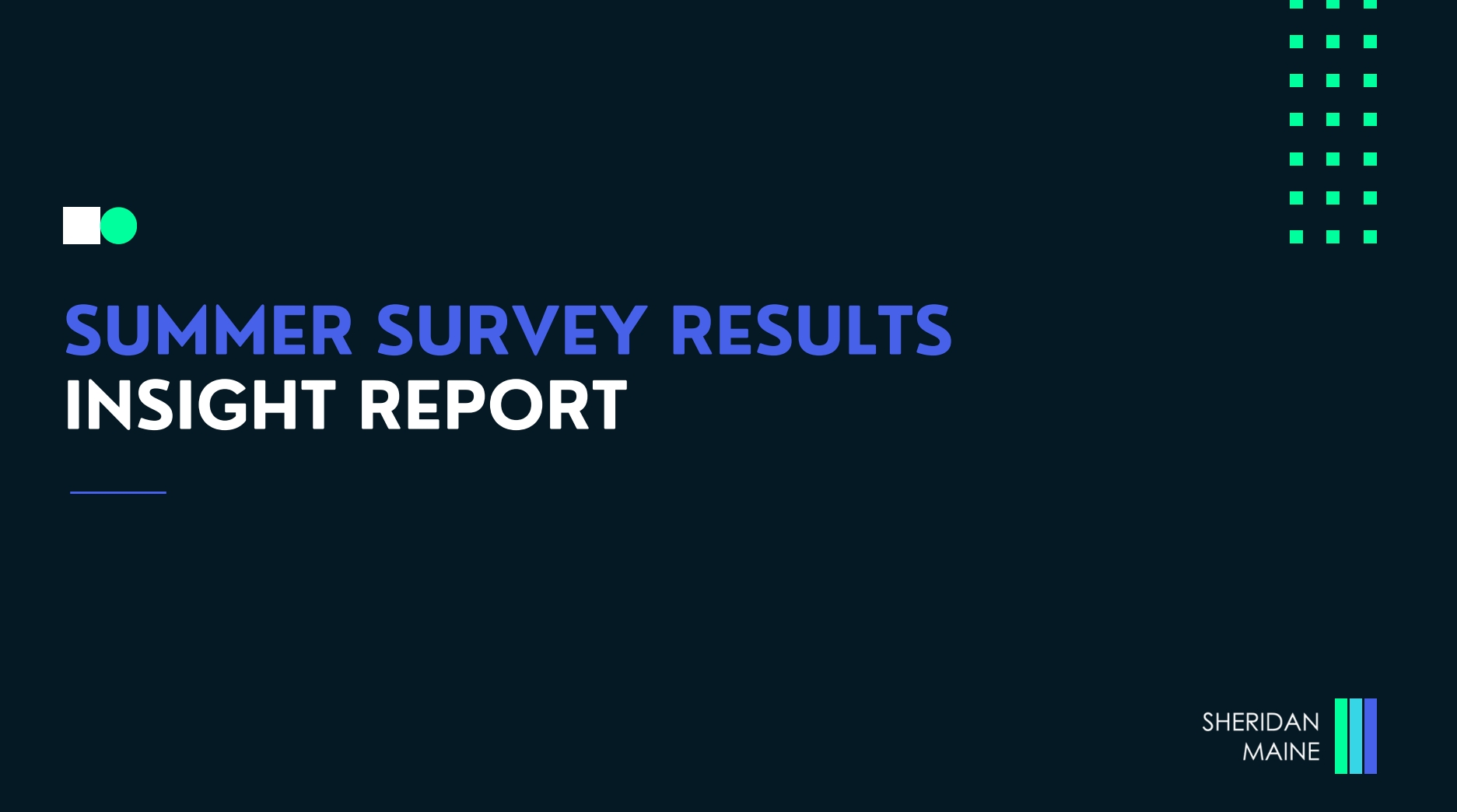Flexible working isn’t just a perk anymore — it’s becoming a critical factor when attracting and retaining top accounting and finance professionals.
At Sheridan Maine, we recently surveyed senior accounting professionals from across the country — representing a wide range of industries and roles — to understand how flexible working continues to influence new hires. The question was simple: Does hybrid working (3 days in the office, 2 days from home) remain appealing to new employees?
The answer was clear: 73% said yes.
Why flexibility matters in accounting & finance
Accounting and finance roles are often high-pressure, deadline-driven, and client-facing. Flexible working allows professionals to balance these demands with personal commitments, increasing both productivity and job satisfaction. In today’s market, candidates are looking for roles where they can deliver results without sacrificing work-life balance.
What this means for employers
For firms looking to attract and retain top talent, offering hybrid or flexible working arrangements is no longer optional — it’s essential. Companies that provide this flexibility are better positioned to compete for skilled professionals, improve retention, and foster a more engaged workforce. On the other hand, firms that stick to rigid office-only policies risk losing candidates to more adaptable competitors.

Key takeaways
For candidates: Flexible working should be a key consideration when evaluating new opportunities.
For employers: Review your policies and culture — flexibility isn’t just a perk; it’s a strategic advantage in recruitment.
Conclusion
The world of work has evolved, and accounting and finance professionals are seeking environments that support both career growth and personal wellbeing. Hybrid working arrangements, like 3 days in the office and 2 days from home, are here to stay — and they remain a significant draw for new talent.
At Sheridan Maine, we help both candidates and clients navigate these shifts, ensuring the right fit between business needs and employee expectations.


